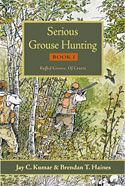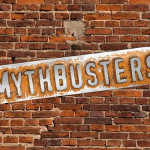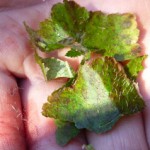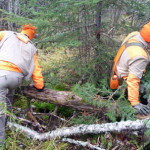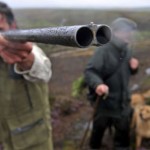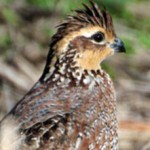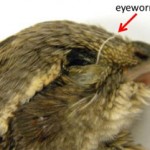How to/Where to Walk Up Woodcock
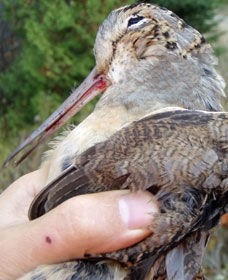 A SeriousBirdHunting.com reader named Chris emailed us after our Maine hunt reports were published with a question about woodcock: “How do you guys get the woodcock to flush by walking them up? I’ve never walked one up, actually did not think much of it without the use of a dog. Would be interested to know as I do most of my hunting alone, just walking up grouse here and there.”
A SeriousBirdHunting.com reader named Chris emailed us after our Maine hunt reports were published with a question about woodcock: “How do you guys get the woodcock to flush by walking them up? I’ve never walked one up, actually did not think much of it without the use of a dog. Would be interested to know as I do most of my hunting alone, just walking up grouse here and there.”
It should be noted that Chris apparently is from Maine (he didn’t say, but it sound like he’s at least hunted there), and if you recall from our Maine hunt reports we ended up flushing 90+ woodcock without even trying – meaning we were trying to find grouse and just happened to be flushing woodcock.
No doubt our dogless success was partly because there were so many woodcock. On the other hand, if we hadn’t been in birdy areas we wouldn’t have put up any. That in fact is the key to Chris’ question and really to how we approach hunting all upland birds, with or without a dog: Be where the birds are – or at least where you think they’re likely to be.
A couple quick examples from the two states we hunted this year:
Maine
In Maine, we flushed woodies in three areas:
- 1. Alder runs, but the alders can’t be too wet or too high or have high grass. They’re better if they have catkins.
- 2. In grouse-sized aspens, particularly with smaller conifers here and there.
- 3. Runs of small maples and small conifers.
Minnesota
In Minnesota we didn’t find nearly as many woodcock, but when we did find them they were around the same types of alders as Maine (though Minnesota woodies seem to have more of a tolerance for grass than Maine birds), and also were around pole-sized aspens, particularly when they were on moist ground and/or had puddles and/or conifers of various sizes.
Be Where They Are
The bottom line is when you put yourself in the right areas, you’ll put up birds – or at least increase your chances for doing so.
One more note: Woodcock do run. Not all the time, but they do more often than you might think, especially when they’re pursued by two-legged creatures instead of four-legged ones. Still, you have to approach near them to get them to run, and usually very near to get them to flush. In other words, they typically won’t flush 20 yards from you like a grouse will.
So it’s particularly important when walking up woodies to be where they are. Hunt the right type of cover and the right size (area) cover for the number of hunters you have, and you should put up birds. Keep your eyes on the forest floor and get ready if you see some woodcock splatter, or chalk – or not!





